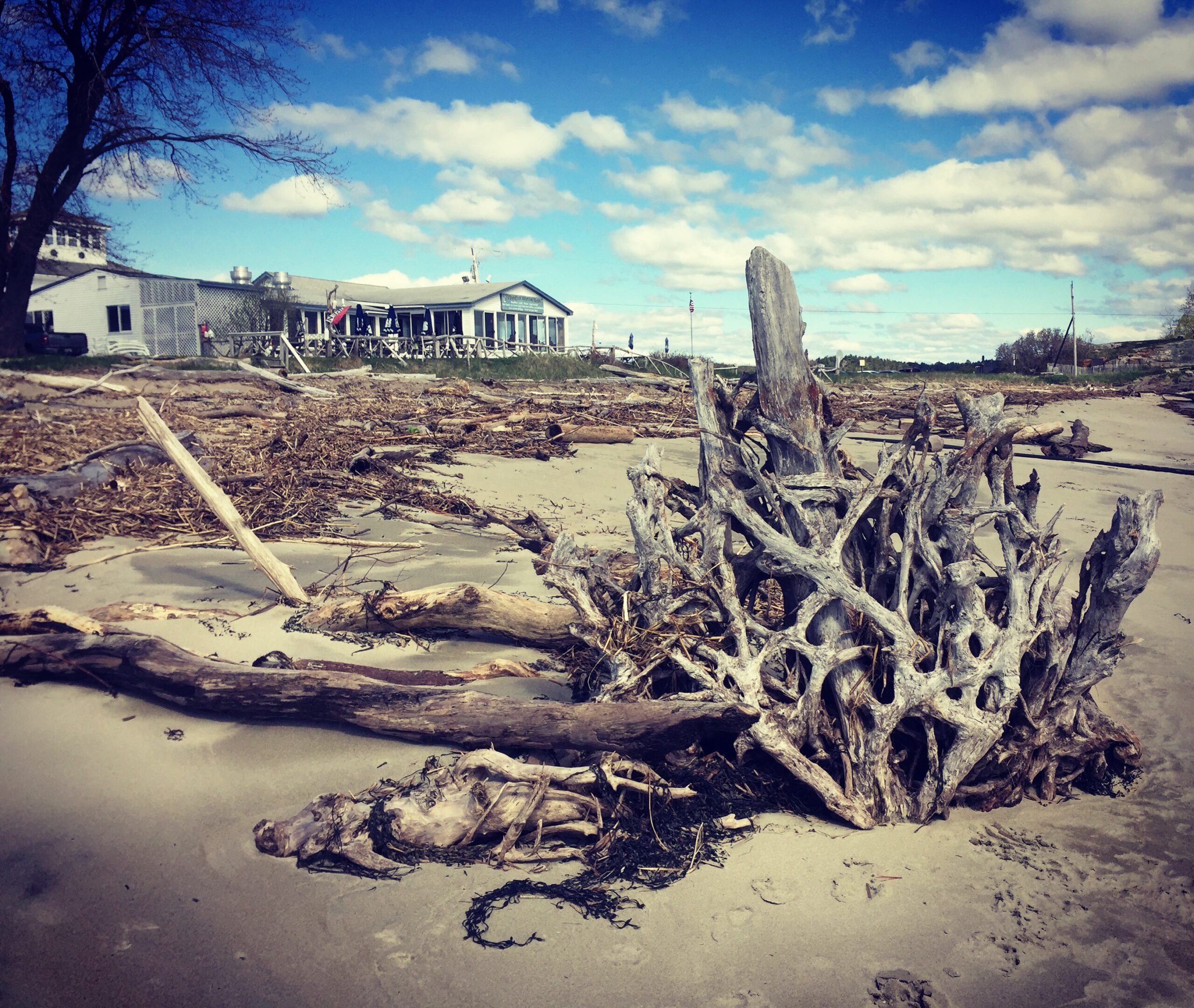
For many women, the profound challenge of living in a world that provides little privilege and some form on exclusion—they all are living below the Line. They are all defined in some way as the “other” and are subject infrequently (or even frequently) to multiple forms of discrimination. Building on our exploration in this chapter regarding the role played by capitalism and individualism in the work and life of the women we are studying, we look specially at this point more carefully into the nature of the work being done and the way status and power are wrapped up in the concepts of Privilege and Inclusion. It is to these dynamics of privilege and inclusion that we direct our attention in this concluding examination of the societal context in which our women work.
Privilege and Inclusion
We are about to look at how these two concepts play out in the life of the women Dr. Sun and I studied—but we first offer an expanded version of both concepts (as they are usually conceived). We consider privilege to be something more than just the granting of informal and formal authority for some people to speak on behalf of and make decisions on behalf of an entire society. From our expanded perspective, privilege concerns the right of someone to not only sit at the table where influential conversations occur and consequential decisions are made, but also to be heard and fully appreciated for the unique perspectives, experiences, knowledge and skills that they bring to the table.
Similarly, inclusion is more than just making sure that everyone is invited to the table. It is about the recognition that this inclusion improves the quality of problem-solving and decision-making that occurs at the table. Inclusion is not just about being “kind” to our fellow human beings (a form of paternalism); it is about being smart about the need for and use of inclusion and the resulting diversity (Page, 2011). It is about the shared construction and interpretation of reality that yields information that is more likely to be valid and useful than is the case when privilege and inclusion are granted only to the wealthy and powerful (Gergen and Gergen, 2004).
I have described the cycle of poverty and related it to an intergenerationally-transmitted trauma of poverty and the creation of an unyielding culture of poverty. This analysis of transmitted trauma can be taken a bit further. There is a deep level of trauma that is evident among women for whom work is their entire world. Trauma is inherent in the life of these women, for they often worked in isolation from the broader community in which they lived and found little privilege in the work they provided. We suggest that these challenges are poignantly portrayed in Resmaa Menakem’s (2017) best-selling book called My Grandmother’s Hands. While Menakem is focusing primarily on race, his observations seemingly apply to the lives led by the women that Dr. Sun and I were studying.









